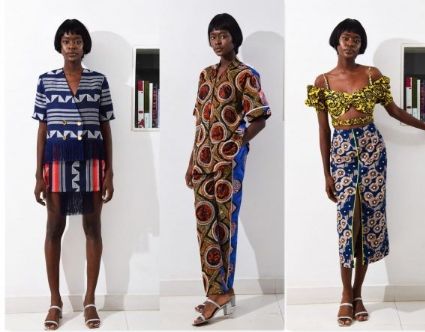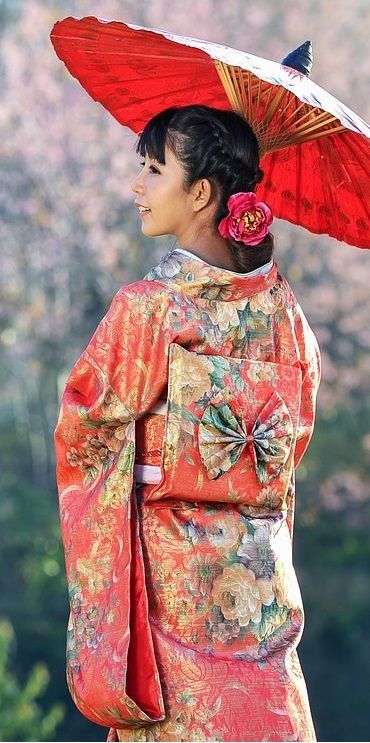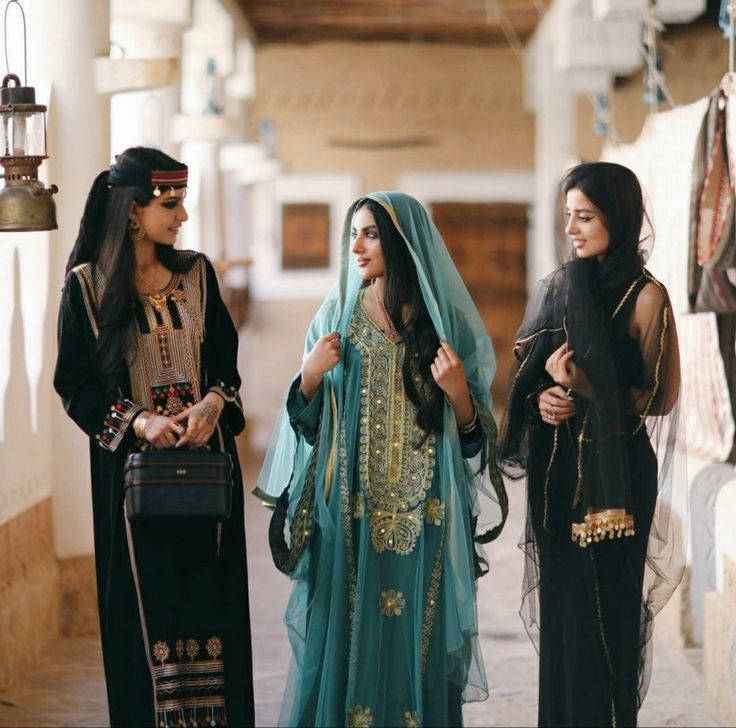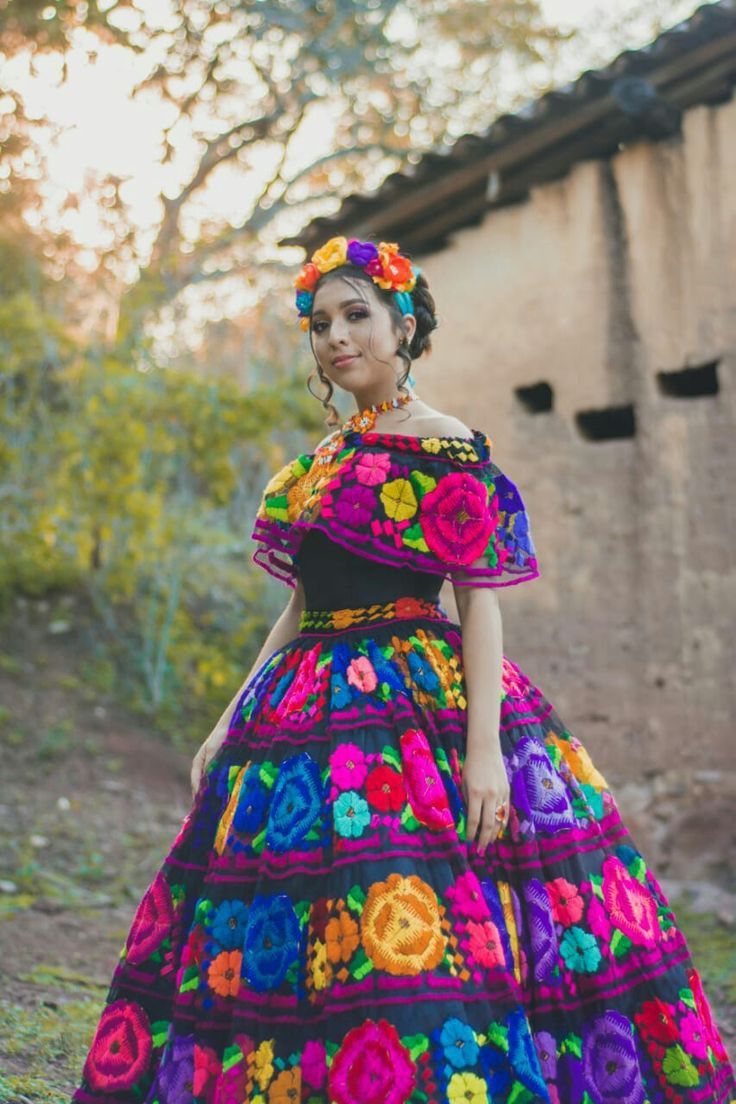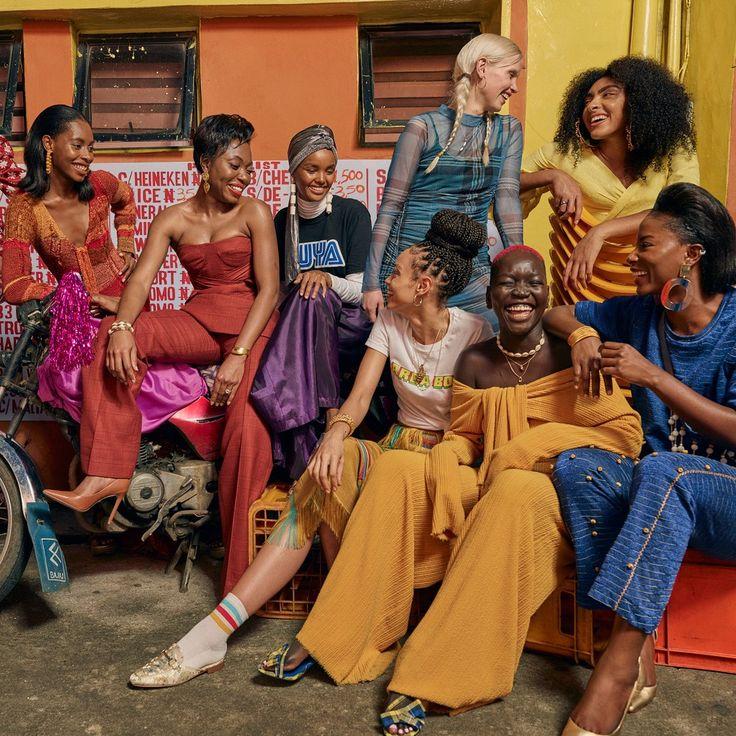
image-credit
Fashion
The Impact Of Different Cultures On The Fashion Industry
Explore how different cultures have influenced fashion, leaving a lasting impact on the world of style.
By Adebayo Olabisi
PUBLISHED: February 23, 2024
Fashion is more than just a means of expressing personal style; it also reflects culture, history, and identity. Various cultures have significantly shaped the fashion industry over time, each with unique traditions, values, and aesthetics that impact how people dress. Designers worldwide take inspiration from these rich cultural influences, imbuing their creations with authentic touch and respect for centuries-old practices while giving them a modern twist to create something distinctive and unforgettable.
Let's explore the undeniable impact of culture on Fashion today.
African Culture
African Culture has long been a wellspring of fashion inspiration, with its diverse traditions, vibrant colors, and intricate patterns weaving stories of heritage and identity into every garment. From the ancient civilizations of Egypt and Mali to the bustling markets of Lagos and Nairobi, the continent's sartorial tapestry is as rich and varied as its people.
One of the most iconic elements of African fashion is its use of traditional textiles, such as kente, Ankara, and mud cloth. These fabrics are truly remarkable. They hold immense cultural significance, often representing status, spirituality, or belonging to a specific community. And not forgetting their sheer beauty, they're truly something to behold.
In recent years, African designers have gained international recognition for their innovative and contemporary interpretations of traditional attire. Labels like Mai Atafo, Lisa Folawiyo, and Loza Maleombho are celebrated for their fusion of traditional techniques with modern silhouettes, creating fashion-forward pieces that celebrate African heritage while appealing to a global audience.
Moreover, African fashion weeks and events such as the Lagos Fashion Week have become essential platforms for showcasing the continent's diverse talent and creativity, providing designers with opportunities to connect with buyers, media, and consumers worldwide.
Japanese Culture
Without a doubt, Japanese Culture is well admired for its exceptional craftsmanship, unparalleled artistic sensibility, and rich, captivating history. From the streets of Tokyo to the global runways, Japanese fashion continues to captivate and inspire.
One of the defining characteristics of Japanese fashion is its fearless experimentation and boundary-pushing designs. Designers like Rei Kawakubo of Comme des Garçons and Yohji Yamamoto are celebrated for their avant-garde approach, challenging conventional notions of beauty and silhouette. Their creations often blur the line between fashion and art, captivating audiences with bold shapes, unconventional materials, and deconstructive techniques.
Traditional Japanese clothing, such as the kimono, yukata, and hakama, also significantly shape contemporary fashion. Designers frequently reinterpret these iconic garments, infusing them with modern twists while preserving their timeless elegance and cultural significance.
Moreover, Japanese street fashion has garnered international acclaim for its eclectic mix of styles, from Harajuku's colorful and quirky looks to the minimalist sophistication of Shibuya and Ginza. Street style icons like the "Harajuku girls" have become global fashion influencers, inspiring trends and subcultures worldwide.
In essence, Japanese fashion is a vibrant tapestry woven with threads of tradition, innovation, and self-expression, offering a window into the soul of a culture that embraces both the past and the future with equal reverence.
Arabian Culture
Arabian Culture exudes a timeless elegance and luxury reflected in its fashion traditions. From the flowing robes of the desert nomads to the intricately embellished garments of royalty, Arabian fashion is undoubtedly one of the most abundant and culturally significant styles in the world, with a rich history and heritage that is hard to match.
One of the most iconic pieces of Arabian clothing is the traditional thobe, a long robe worn by men and women across the Arabian Peninsula. The thobe comes in various styles and fabrics, from simple cotton versions for everyday wear to elaborate silk adorned with intricate embroidery for special occasions.
Arabian fashion also embraces modesty as a core principle, with men and women often opting for loose-fitting garments covering the body. This emphasis on modesty, however, is separate from the beauty and sophistication of Arabian attire, as evidenced by the elaborate embellishments, luxurious fabrics, and exquisite craftsmanship that are hallmarks of the region's fashion.
In recent years, Arabian fashion designers have gained international acclaim for their modern interpretations of traditional attire. Designers like Elie Saab, Zuhair Murad, and Reem Acra are renowned for their exquisite couture designs that combine Arabian aesthetics with global influences, gracing red carpets and runways worldwide.
In essence, Arabian fashion celebrates heritage, luxury, and modesty, embodying the grace and allure of a culture that continues to inspire and enchant the world.
European Culture
European Culture has long been at the forefront of the global fashion scene, renowned for its creativity, innovation, and storied fashion houses. From Paris's romantic streets to London and Milan's trendsetting neighborhoods, Europe's influence on fashion is undeniable and enduring.
One of the defining features of European fashion is its rich history and tradition. Iconic fashion houses such as Chanel, Dior, and Gucci have shaped the industry for decades, setting trends and pushing boundaries with their visionary designs. These heritage brands are celebrated for their exquisite craftsmanship, impeccable tailoring, and timeless elegance, making them synonymous with luxury and sophistication.
Moreover, Europe's diverse cultural landscape provides endless inspiration for fashion designers. From the ornate tapestries of Renaissance Italy to the punk subculture of 1970s Britain, European fashion reflects a melting pot of influences, styles, and aesthetics. The continent's dynamic street-style scene boldly amplifies its diversity, with fashion-forward individuals confidently expressing their individuality through eclectic looks and fearless experimentation.
In recent years, European fashion has also embraced sustainability and inclusivity, with many designers and brands championing eco-friendly practices and celebrating diversity on the runway. As the world's fashion capital, Europe continues to set the standard for style, innovation, and creativity, ensuring its place at the forefront of the global fashion landscape for years to come.
Latin American Culture
Latin American Culture is a dynamic and colorful mixture of textures, colors, and traditions that significantly impact the fashion industry. From the busy streets of Mexico City to the lush landscapes of Brazil, Latin American fashion is renowned for its diversity, creativity, and rich cultural heritage.
One of the most iconic elements of Latin American fashion is its celebration of indigenous textiles and craftsmanship. Traditional techniques such as weaving, embroidery, and beading are cherished skills passed down through generations, resulting in stunning garments that are both visually striking and culturally significant.
Moreover, Latin American fashion embraces a spirit of joy and vitality, reflected in bold patterns, vibrant colors, and playful silhouettes synonymous with the region's style. Whether it's the colorful woven fabrics of Guatemala, the intricate beadwork of Colombia, or the flowing dresses of Argentina's tango dancers, Latin American fashion captures the essence of celebration and passion.
In recent years, Latin American designers have been gaining international recognition for their innovative and forward-thinking designs. Labels like Johanna Ortiz, Carla Fernández, and Isabel Marant have drawn inspiration from Latin American Culture, infusing their collections with elements of folklore, tradition, and modernity.
In essence, Latin American fashion is a celebration of Culture, creativity, and diversity, embodying the spirit of a region that continues to inspire and captivate the world with its unique style.
Diversity is not only accepted but also celebrated in the fashion industry. The industry is a melting pot of cultures, each bringing its unique perspective, creativity, and history. Every culture contributes something unique to the fashion world, from the elaborate embroidery of traditional African textiles to the simplicity and elegance of Japanese minimalism.
By embracing and celebrating these cultural differences, we can appreciate the beauty and richness of global fashion. Learning from each other and blending different styles and techniques creates something new and exciting.
In essence, African fashion is a celebration of Culture, creativity, and resilience, embodying the spirit of a continent that continues to inspire and influence the global fashion landscape.
